Early investigation into accident in Ahmedabad in June also contains details of pilots discussing the switches
Fuel to both engines of the Air India plane that crashed and killed 260 people last month appears to have been cut off seconds after the flight took off, a preliminary report has found.
Air India flight AI171, bound for London, crashed into a densely populated residential area in the Indian city of Ahmedabad on 12 June, killing all but one of the 242 people on board and 19 others on the ground. It was India’s deadliest air crash in almost three decades.
According to a preliminary report by India’s Aircraft Accident Investigation Bureau, moments after take-off both the switches in the cockpit that controlled fuel going to the engines had been moved to the “cut-off” position. Moving the fuel switches almost immediately cuts the engine.
The initial report did not recommend action against Boeing, who manufactured the 787-8 Dreamliner, or General Electric who manufactured the engines.
Drawing on information gathered from the plane’s data and voice recorders, which were recovered after the crash, the report relayed that “in the cockpit voice recording, one of the pilots is heard asking the other why did he cut off”, referring to the fuel switch.
“The other pilot responded that he did not do so.” Seconds after, the plane began losing altitude and an emergency message was transmitted from the cockpit to air traffic control, just before it crashed to the ground outside the airport perimeter.
According to the report, the fuel switches were moved to cut-off “one after another”. Seconds later, the switches were moved back to turn the fuel back on and one of the plane’s engines was able to restart, but could not reverse the plane’s deceleration.
It did not identify which remarks were made by the flight’s captain and which by the first officer, nor which pilot transmitted “mayday, mayday, mayday” just before the crash.
The commanding pilot of the Air India plane was Sumeet Sabharwal, 56, who had a total flying experience of 15,638 hours and, according to the Indian government, was also an Air India instructor. His co-pilot was Clive Kunder, 32, who had 3,403 hours of total experience.
The preliminary findings did not say how the fuel switches could have flipped to the cutoff position and cut-off the engines. The switches are equipped with safeguards, including a locking mechanism, to prevent accidental movement.
They are most often used to turn engines off once a plane has arrived at its airport gate and in certain emergency situations, such as an engine fire. The report does not indicate there was any emergency requiring an engine cutoff.
A US aviation safety expert, John Cox, told Reuters a pilot would not be able to accidentally move the fuel switches that feed the engines. “You can’t bump them and they move,” he said.
“If they were moved because of a pilot, why?” asked US aviation safety expert Anthony Brickhouse.
The switches flipped a second apart, the report said, roughly the time it would take to shift one and then the other, according to US aviation expert John Nance. He added that a pilot would normally never turn the switches off in flight, especially as the plane is starting to climb.
The sole survivor, Vishwash Kumar Ramesh, a British national, escaped the wreckage through an opening in the fuselage.
Speaking from his hospital bed last month, the 40-year-old said the plane felt like it was “stuck in the air” shortly after takeoff before lights began flickering, adding: “It suddenly slammed into a building and exploded.
“I can’t believe how I came out of it alive. For a moment, I felt like I was going to die too but when I opened my eyes and looked around, I realised I was alive. I still can’t believe how I survived.
“I managed to unbuckle myself, used my leg to push through that opening, and crawled out. I don’t know how I survived. I saw people dying in front of my eyes – the air hostesses, and two people I saw near me … I walked out of the rubble.”
The report confirmed that 19 people were killed on the ground when the plane crashed into a densely populated residential area of Ahmedabad in a ball of flames, falling onto a medical college dining room where students where eating lunch and destroying five buildings.
It could be months before investigators release a full report into the causes of the crash. According to India’s aviation rules, a preliminary report had to be released within 30 days of the incident.
Air India acknowledged the report and said it was cooperating with Indian authorities but declined further comment. Boeing said it continued to support the investigation.

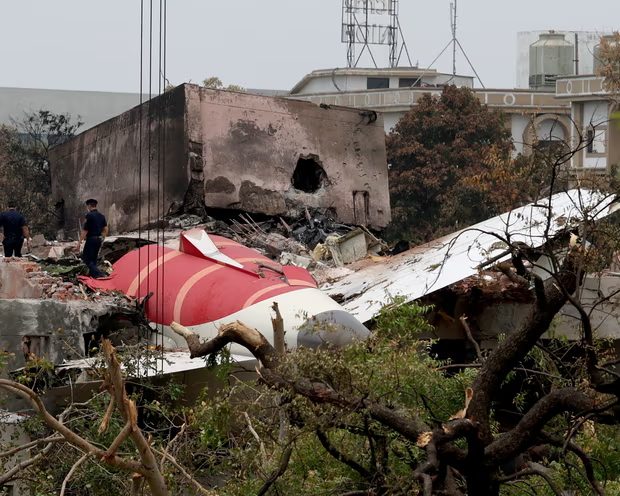
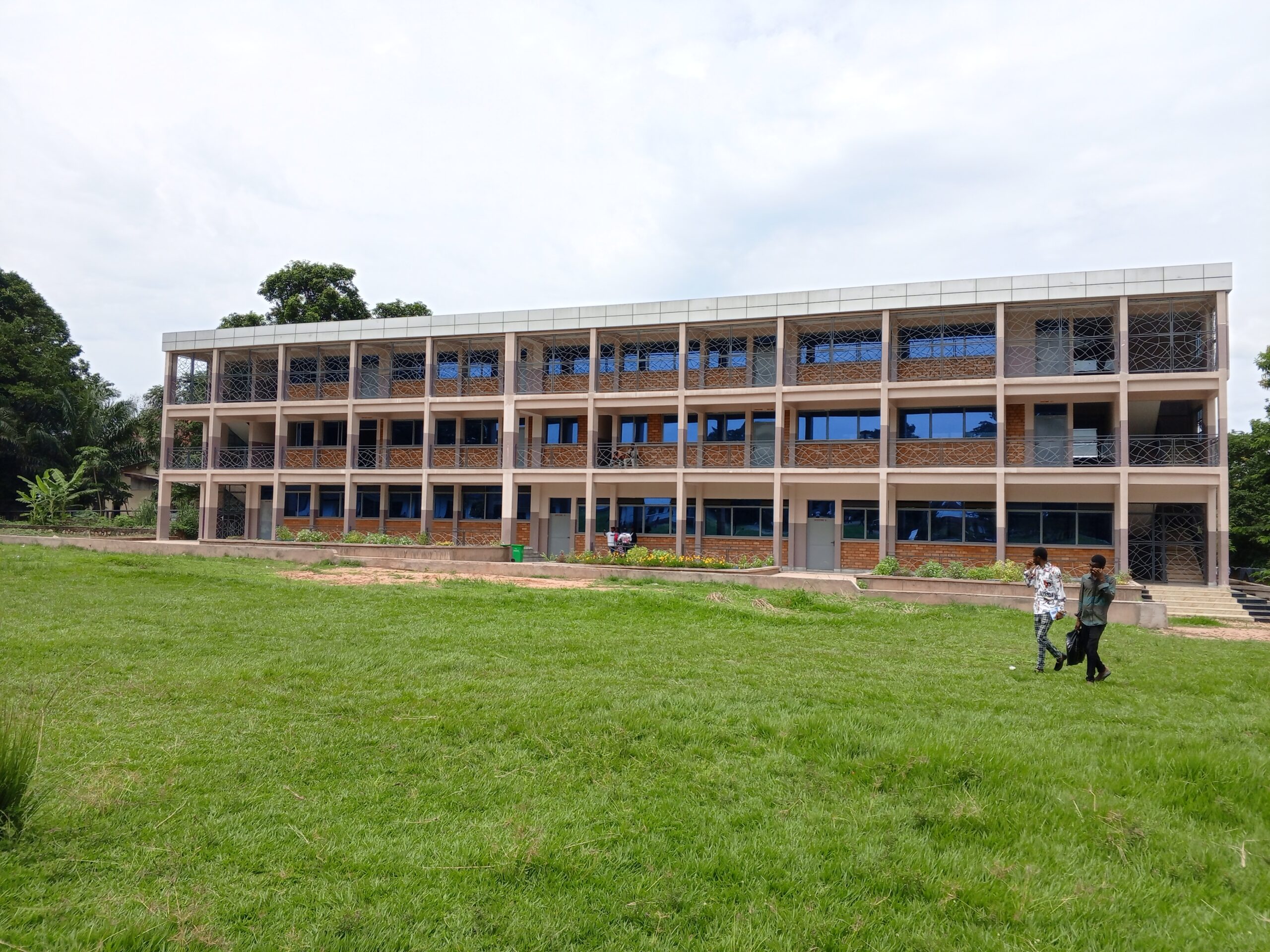


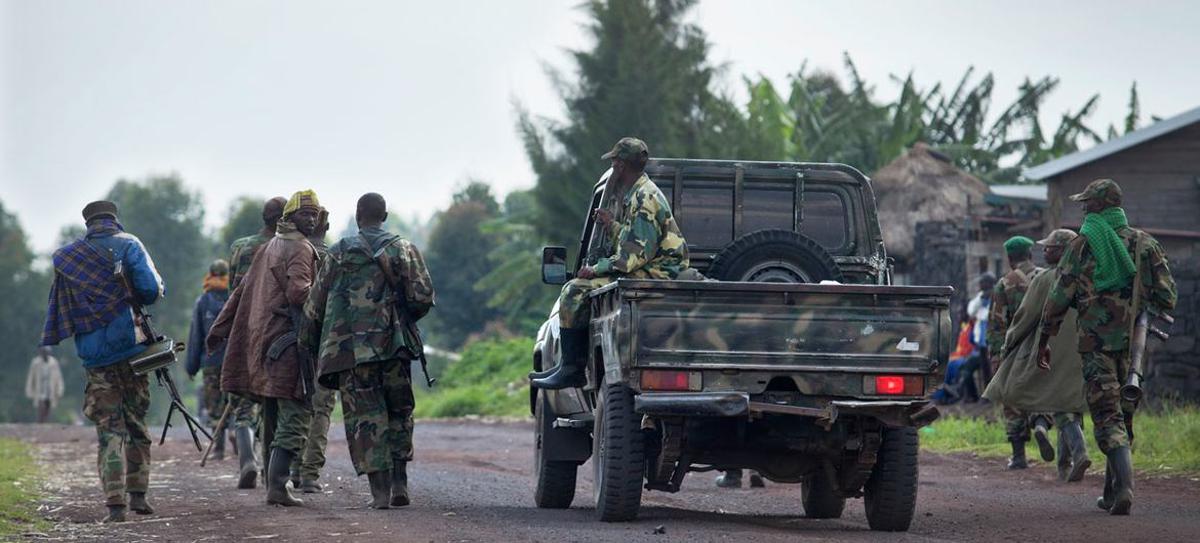

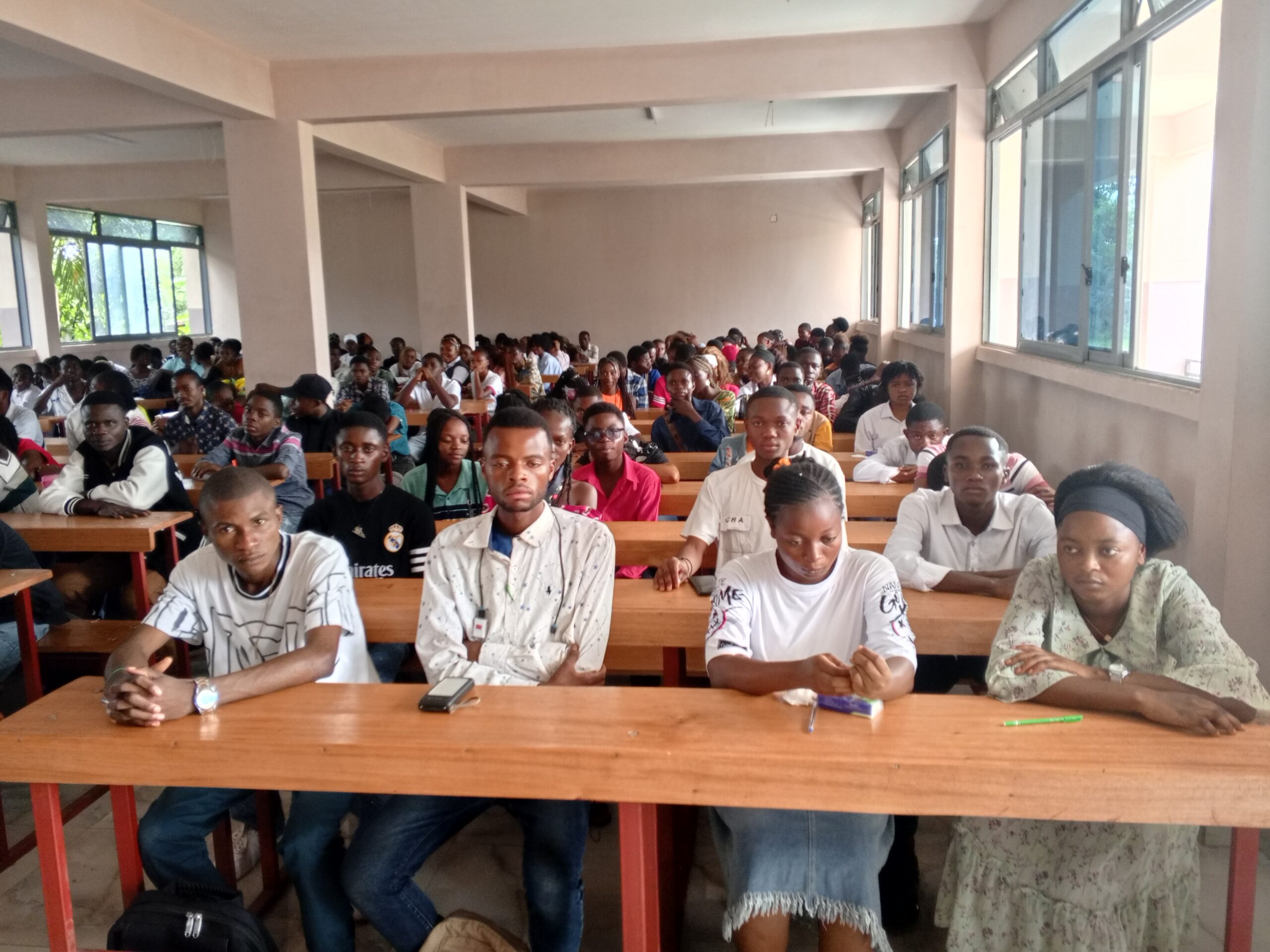
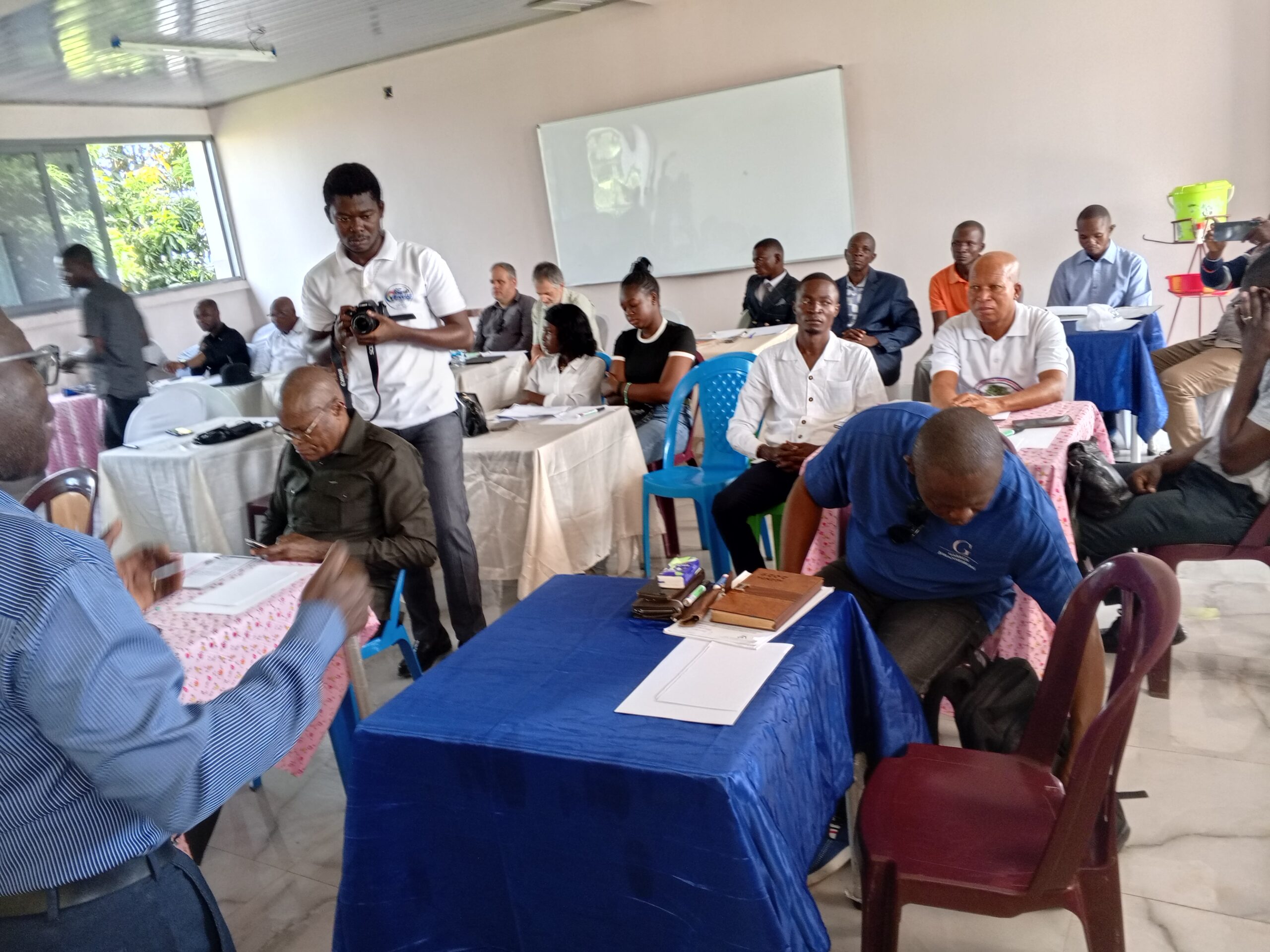

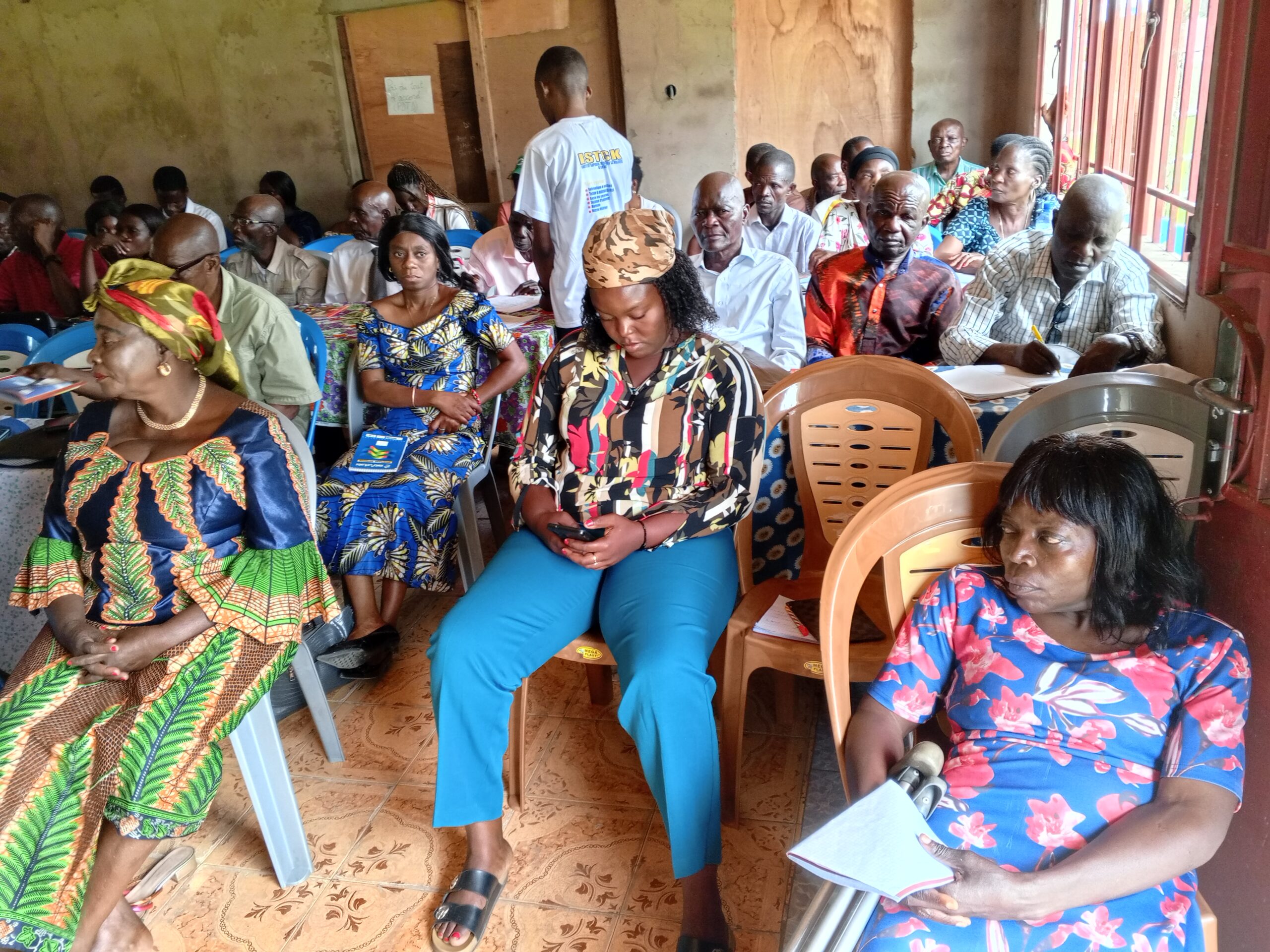
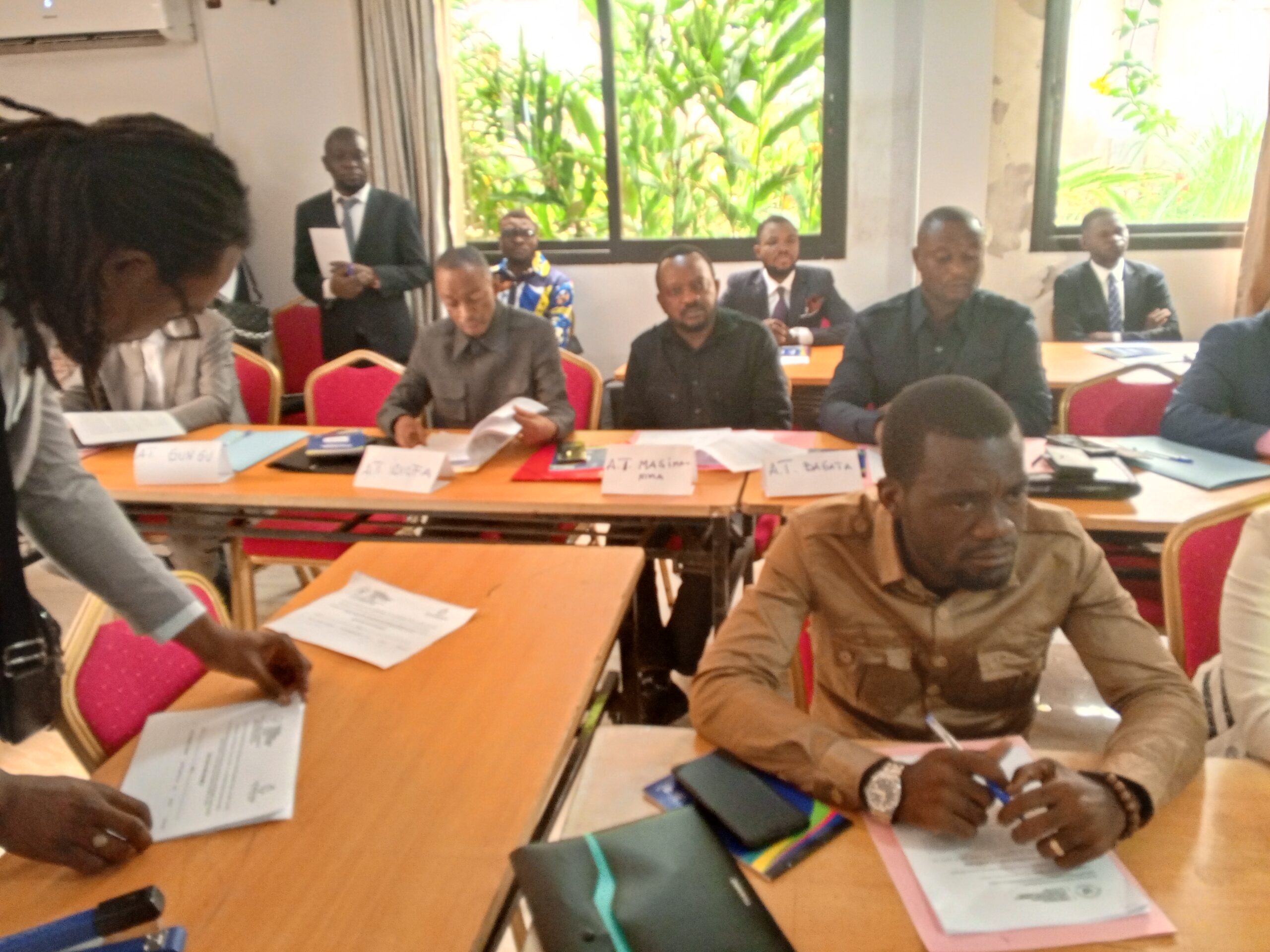
Leave a Reply